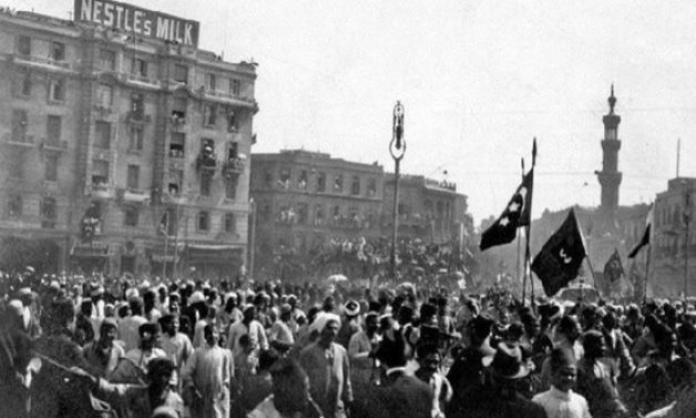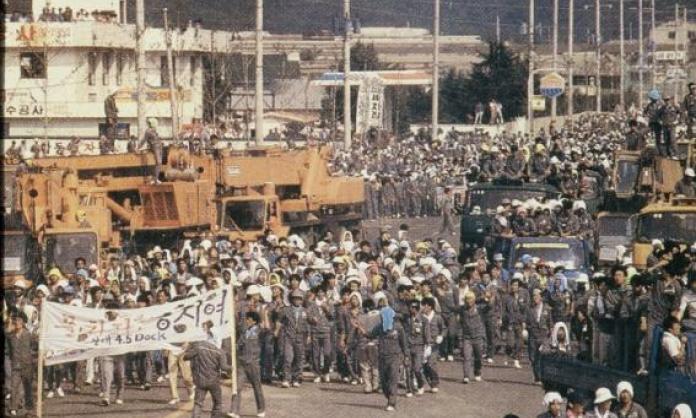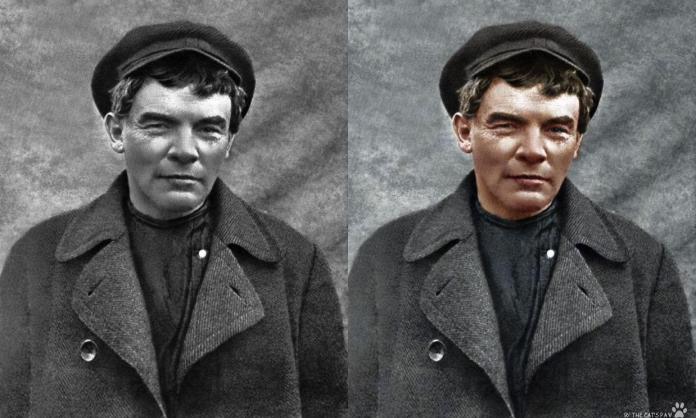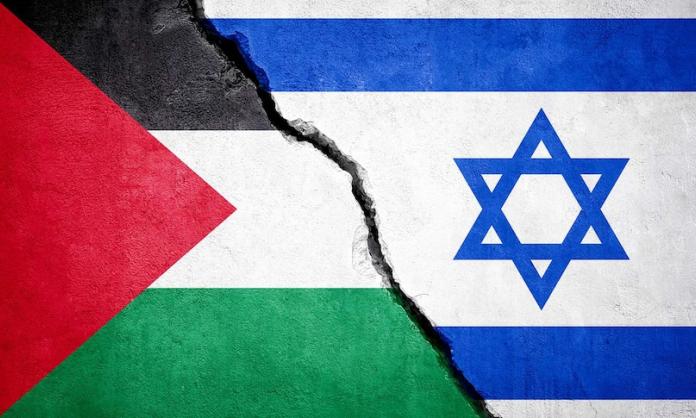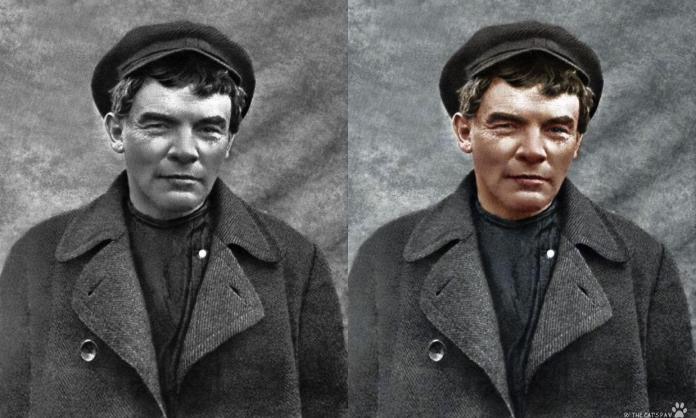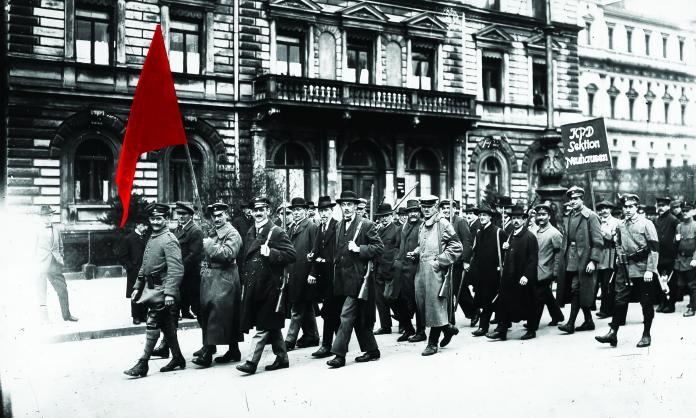The predictable outrage at the Q&A protests from distraught conservatives and other tight-mouthed defenders of the status quo was nothing new. Almost every student protest in history has been met with cries of “They are only harming their own cause” from people who never supported the students’ cause in the first place.
Far from being counterproductive, student protests – many of them much more militant and confrontational than the one on Q&A – have long played a crucial role in shining a light on injustice, disrupting the conservative consensus and in some cases providing a spark for more general social upheavals and change.
The classic case is the Vietnam War, during which, through protests, sit-downs, draft resistance and occupations, students played a crucial role in breaking open the political climate and transforming the political landscape.
But you don’t have to go back to Vietnam to see inspiring examples of students standing up for themselves and against injustice. Here we celebrate just a few of the many examples from the last 20 years.
Upsetting the calm of Canberra
In September 1994 students at the ANU in Canberra occupied the chancellery building for nine days in protest at the introduction of up-front fees for the legal workshop program. This would make it increasingly difficult for working class students to enter law and would also open the way for the introduction of up-front fees more generally.
Apart from being a direct challenge to the vice-chancellor, the occupation was also an exercise in democracy, with extensive debate about tactics and committees formed to manage the day to day functioning of a building occupied by hundreds of students and supporters. For those who took part, it was also a lesson in the power of collective action as opposed to the fruitless “lobbying” methods preferred by many student bureaucrats.
1997: year of the student occupation
One of John Howard’s first moves on getting into office was to slash the education budget and introduce up-front fees for undergraduates. In response, students not only demonstrated in their thousands across the country, but occupied administration buildings on their campuses.
At the University of Technology, Sydney, students occupied for three days beginning 26 April, even establishing a newspaper of the occupation, the UTS Occupier, before they were attacked and driven out by police with dogs in the early hours of the morning.
On 8 May around 2,000 students marched on Melbourne Uni, where about 500 occupied the main administration building; 180 stayed overnight without food, electricity or proper toilets. The next day 1,000 rallied in support outside the building. Engineering students (whom many leftists had previously dismissed as hopelessly apolitical or right wing) helped rig up an elaborate rope and pulley system to transport food and supplies to the occupiers through the second floor windows.
The Melbourne Uni occupation inspired students elsewhere. The following day hundreds stormed the admin building at Sydney Uni, while in Adelaide 300 picketed education minister Amanda Vanstone’s office before occupying their own campus. Other occupations took place in even such far-flung places as Deakin’s Warrnambool campus in far western Victoria.
In August, the longest occupation took place. Hundreds of students occupied the finance division of RMIT in central Melbourne and stayed there for almost four weeks! It was the most sustained student occupation since the 1970s. With police cutting off access to the occupied floors, students again hoisted cigarettes, food and printed materials from the street, from what became a semi-permanent solidarity encampment in Swanston Street. Despite vitriolic hostility in the media, students gained support from unions and other community groups, including the RMIT NTEU branch, which organised stop-works and rallies in support of the occupiers.
The occupations weren’t in the end strong enough to stop Howard’s assault on higher education, but they gave a glimpse of what was possible. As Jerome Small, a student activist at the time, put it, the occupations “inspired a whole new layer of students precisely because they were a militant gesture of defiance”.
Radical resistance to the Iraq war
Students were an important part of the mass movement against the 2003 Iraq War, with thousands marching off campuses to join the huge protests between October 2002 and March 2003. But students also played a part in giving a radical, anti-imperialist edge to the movement. At Melbourne Uni, students organised a flag-burning at which the symbols of the Australian and US war machines were burnt, an action that infuriated Liberal Club students, the Herald Sun and the government.
The deputy prime minister called for flag-burning to be outlawed, but students went ahead. In an article written afterwards, students involved quoted Vietnam veteran Brian Wilson, who said, “When I see the flag I see the blood and bones of people all over the globe who have been dehumanised, then exterminated by its imperialism; and I see a symbol that represents a monstrous lie maintained by excessive, deadly force. It makes me feel sick and ashamed.”
Holding vice-chancellors to account
Vice-chancellors, in their way, are not unlike Q&A’s Tony Jones. They like to rabbit on about the glories of student life and the vigorous climate of debate on campus, but they are less keen when students want to debate them vigorously or remind them that democracy is by its nature unruly.
Probably for this reason, student activists have always revelled in opportunities to get up close and personal with the closest thing uni campuses have to an aristocracy. At Monash Uni in 2004, hundreds of students forced their way into the vice-chancellor’s campus residence and occupied his backyard, demanding that he meet them to explain why he was increasing fees. Some students, not holding out great hope that he would address them, took advantage of the opportunity to have a swim in his pool.
At La Trobe Uni in 2012, activists in the campaign against cuts staged a demonstration on Open Day. Danica Cheesley later explained that students “decided to march to see the Vice Chancellor. He wasn’t happy to see us. As we came into view, he was heard saying, ‘They’re coming’, before scurrying off into the nearest building. Determined to deliver our anti-cuts message loud and clear, we entered the building behind him. He was unwilling to speak to us, locking himself in a room before escaping through a secret underground tunnel!”
Yes, the vice-chancellor chose fleeing through an underground tunnel over speaking to students of the university. Tony Jones would be proud.
[Paul DM contributed to this report.]






